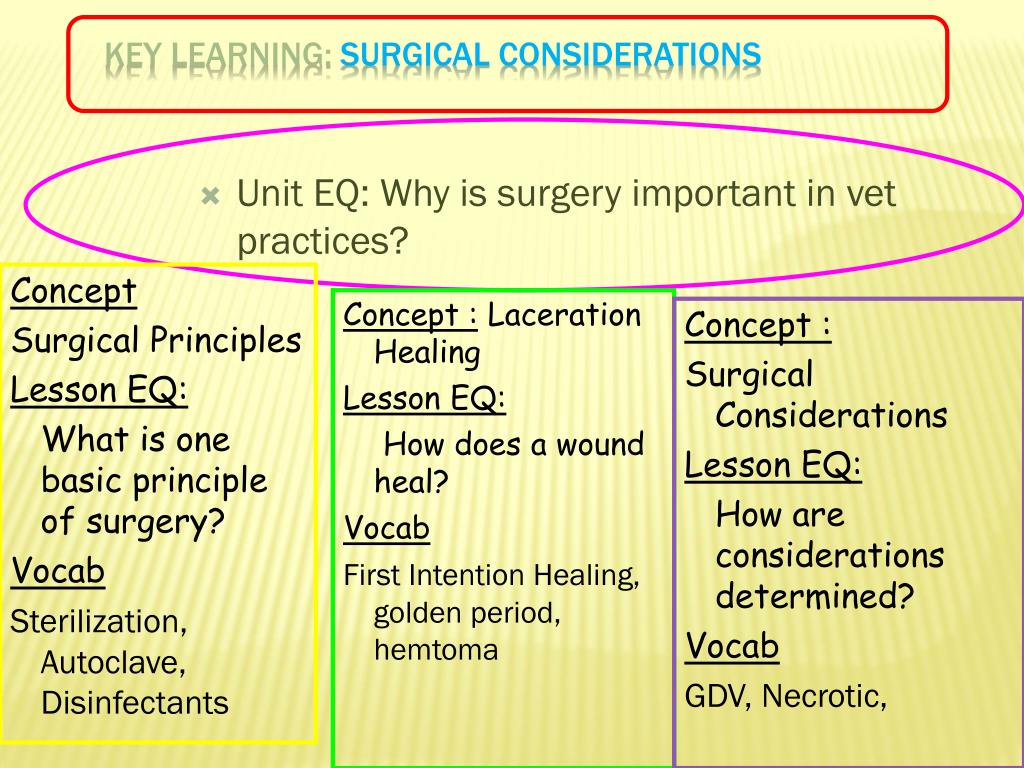

- #Basic principles of asepsis skin
- #Basic principles of asepsis plus
- #Basic principles of asepsis free
#Basic principles of asepsis free
Asepsis is the state of being free from disease-causing contaminants (such as bacteria, viruses, fungi, and parasites) or, preventing contact with microorganisms. These sterile items are opened and used quickly at site where they are. The surgery team will create sterile areas with surgical drapes. In addition to practices in clinic, health care providers will take measures to cover or hold back their hair. Second, immune system is likely compromised by stress of surgical procedure as well as condition what made surgery necessary. Because of this, the nurse student must take extra caution to avoid unsterile conditions. First, closed system of body will likely be entered. Several factors increase nurses and doctor's health risks when in surgery. Likewise, the nurse student may notice that doctor or paramedic staff uses disposable covering for medical instruments such as thermometers in order to avoid contaminating instruments themselves (Dougherty, and Lister, 2008). During these times, nurses and doctors are at the greater risk of infection.
#Basic principles of asepsis skin
(Nursing and mid-wifery council 2008)īecause skin cannot be completely sterile, the nurse student doctor will wear gloves, especially during invasive procedures including blood draws. They will use an antimicrobial soap and wash their hands vigorous sometimes for the clinic-defined period of time. Health care providers will wash their hands several times the day, including before and after the patient enters clinic as well as before any type of medical procedure. Certainly, the nurse student may notice that first thing of doctor does when entering exam room is to wash her hands. The implications of this study include opportunities to provide student-centered instructions and students' abilities to predict, monitor, and improve their performances.Īpplication and how it's useful to student nursesĪ nurse student apply at crux of principles of aseptic technique is hand washing.

#Basic principles of asepsis plus
Data analysis included correlation between pre- and post-course scores from theoretical tests and numerical rankings of self-perceived practical skills in aseptic compounding plus instructor's assessment of improved learning in those students who received focused one-on-one attention. Each student was required to take an end-of-semester practical exam that was observed and graded by instructor. The post-course assessment questions were same as in pre-course assessment. Moreover, pre-course assessment included questions on extent of their previous experience with sterile compounding. Students assessed their theoretical knowledge by answering short questions and ranking extent of self-perceived skills in various practical competencies that matched course objectives. Self-assessments were administered at beginning and end of course. This course was taught to second year pharmacy students (n=76) divided into three groups each group participated in the 3-hour session each week. The motivation behind self-assessment was to identify students with extensive experiences in aseptic compounding and, thus, who may agree to serve as peer-teachers, as well as to identify those students who may benefit from focused one-on-one attention.


The goal of this study of the sterile compounding laboratory course was to characterize correlation between student self-assessment of their perceived theoretical and practical skills in aseptic compounding and their overall performance in various course grading activities, including practical end-of-semester exam assessed by instructor.


 0 kommentar(er)
0 kommentar(er)
